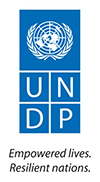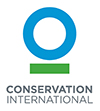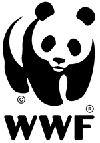CFI in Latin America
Ecuador and Peru share the rich biodiversity and fisheries resources of the transition zone between the Humboldt current and the Pacific Central-American Coastal large marine ecosystem.
It is one of the world’s most important fisheries areas, particularly for large and small pelagics and demersal fish. Catches are on the decline though, due to overfishing, environmental stress and decreasing reproductive capacity.
The Coastal Fisheries Initiative seeks to achieve sustainable use of aquatic resources in Ecuador and Peru’s coastal waters to protect the environment while ensuring social and economic benefits for local communities.
Its three major areas of work are:
Mainstreaming ecosystem-based and collaborative fisheries management and enhancing governance in a range of important fisheries: mahi mahi, hake, shrimps, mangrove crabs and cockles, and pole and line tuna.
Applying tools and methods for marine spatial planning in the Bay of Sechura in Peru and the Gulf of Guayaquil in Ecuador.
Sharing knowledge on best practices and lessons learned in support of CFI’s objective to develop more holistic processes and integrated approaches to coastal fisheries management.
CFI’s activities in Latin America are implemented by the United Nations Development Programme (UNDP) in collaboration with Conservation International (CI) and the Worldwide Fund for Nature (WWF) over five years with a budget of USD 6.5 million from the GEF and an additional 42.5 million in co-financing.




